
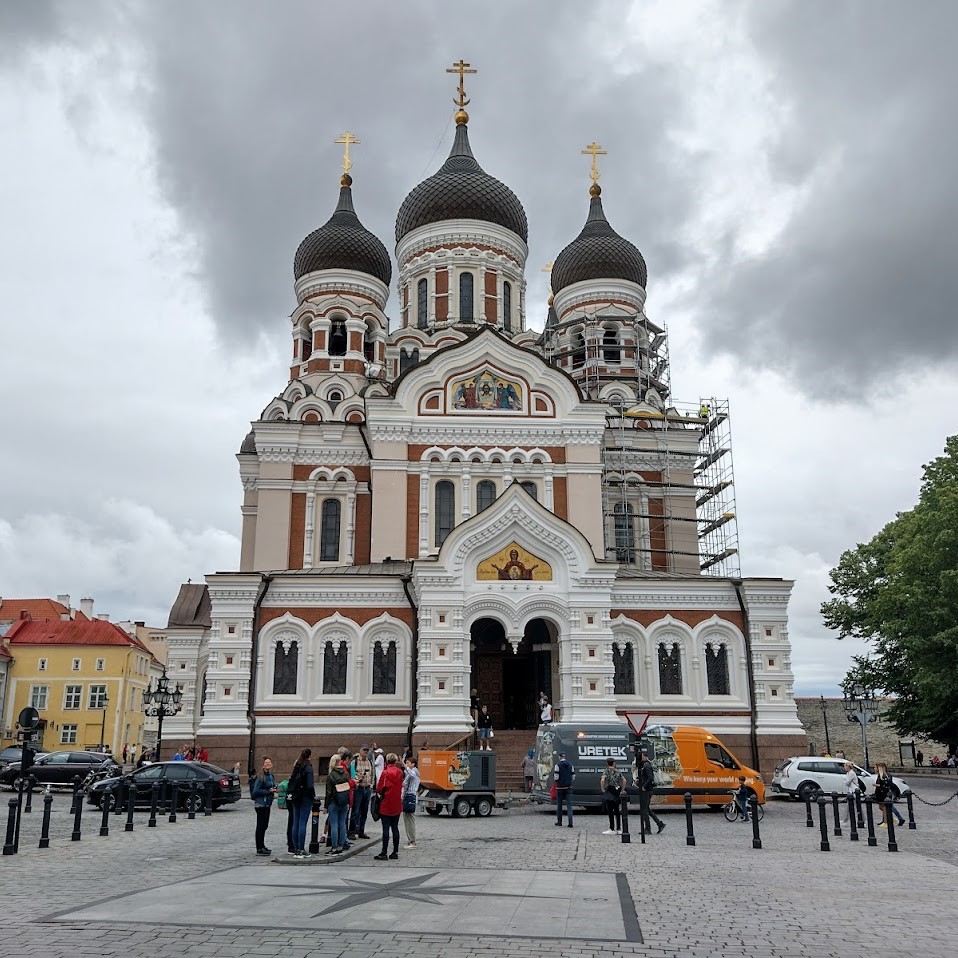
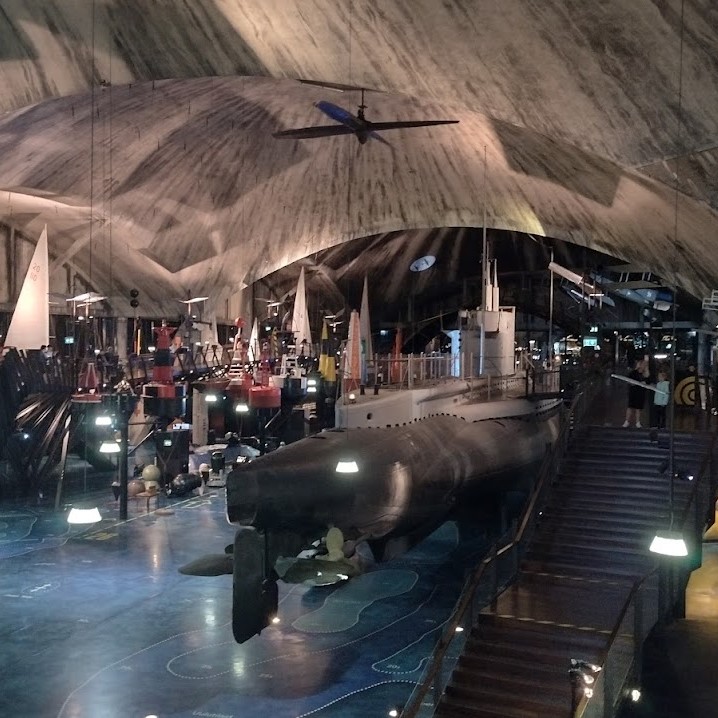
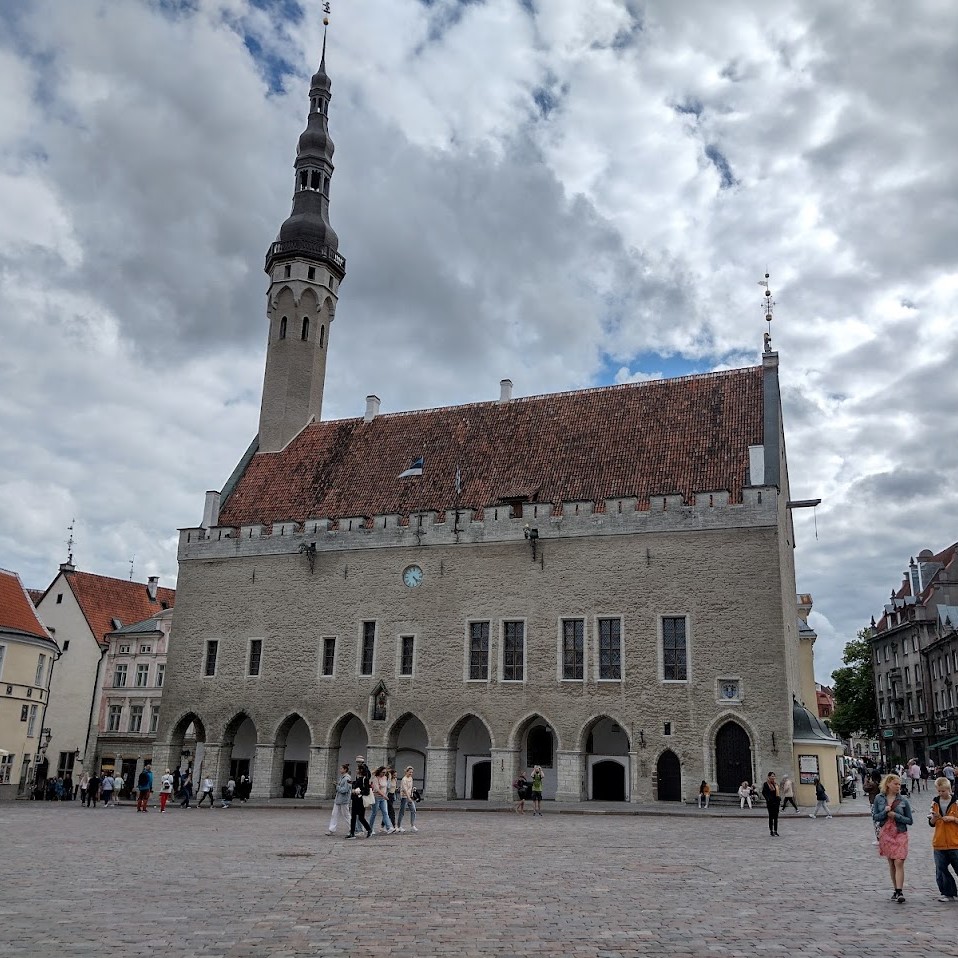
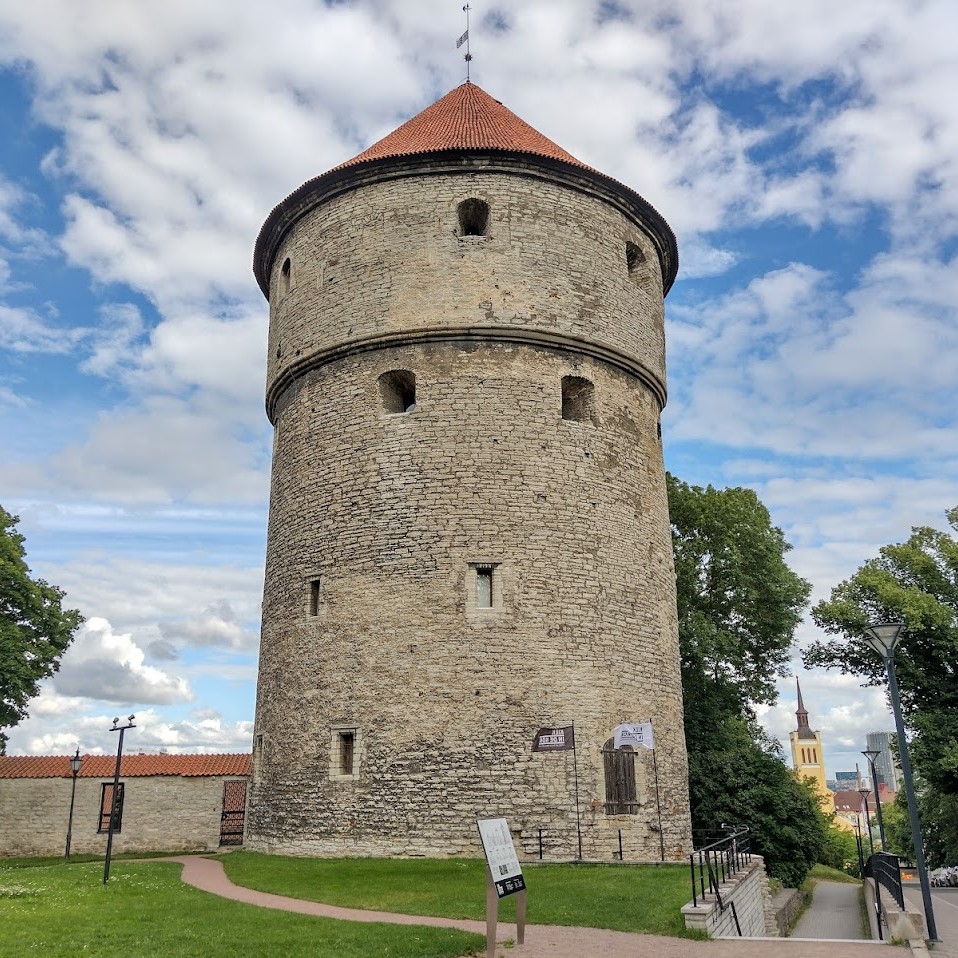
Tallinn
The capital of Estonia has a long and fascinating history dating back 5,000 years. The Kiek in de Kok Museum (“peek in the kitchen” in low German) provides a glimpse into the life and warfare of the past. From the four towers you can also get commanding views over the city. Below the fortifications are the bastion passages with a dark history of their own, and the Carved Stone Museum. This charming city has many great sites to check out, with a wealth of old churches and the Alexander Nevsky Cathedral. Opposite the cathedral you can also see the parliament building, built on the site of the old Toompea Castle.
There are plenty of restaurants, ever popular with tourists are the medieval themed Olde Hansa and Peppersack.
The seaplane harbour has lots to offer. The Estonian Maritime Museum is located in a building that looks as if it was built for a bond villain, and inside you can explore a variety of exhibits and learn about the maritime history of Estonia. You can also climb inside the submarine EML Lembit, and outside you can explore several of the boats in the harbour, including the imposing Suur Toll icebreaker. Also nearby is the sobering Communism is Prison Museum housed in a former Soviet Prison.
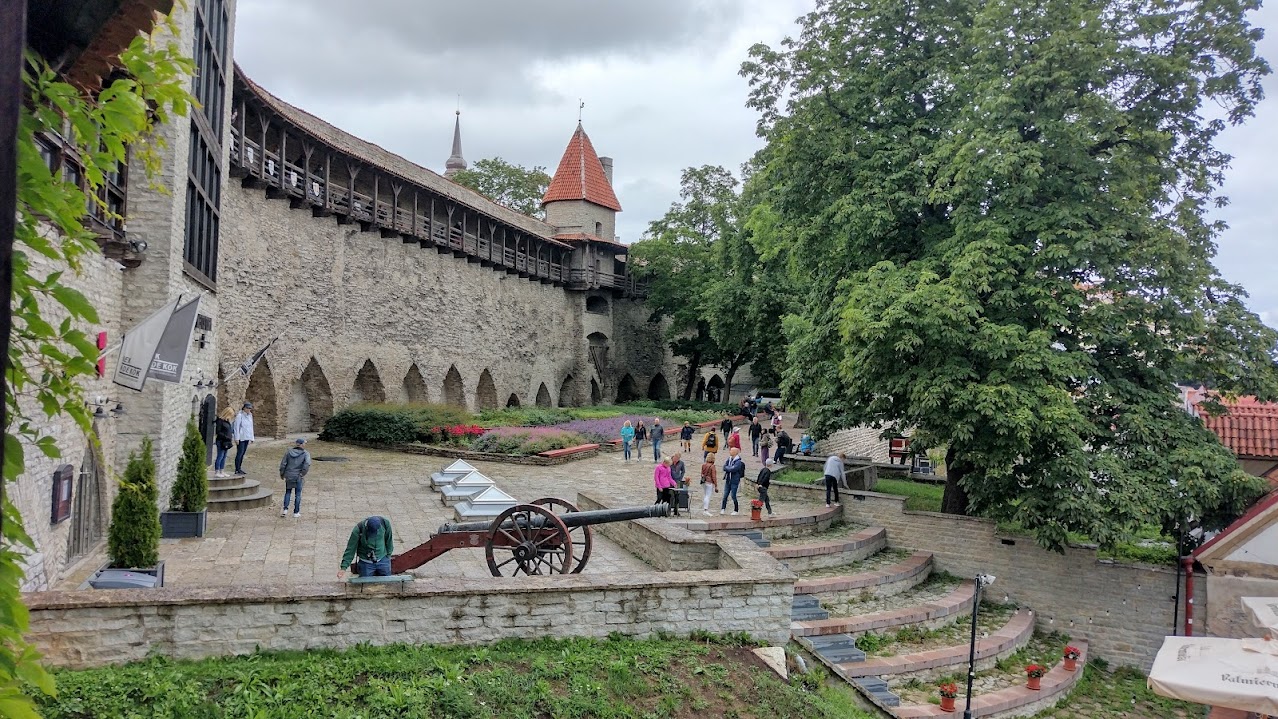
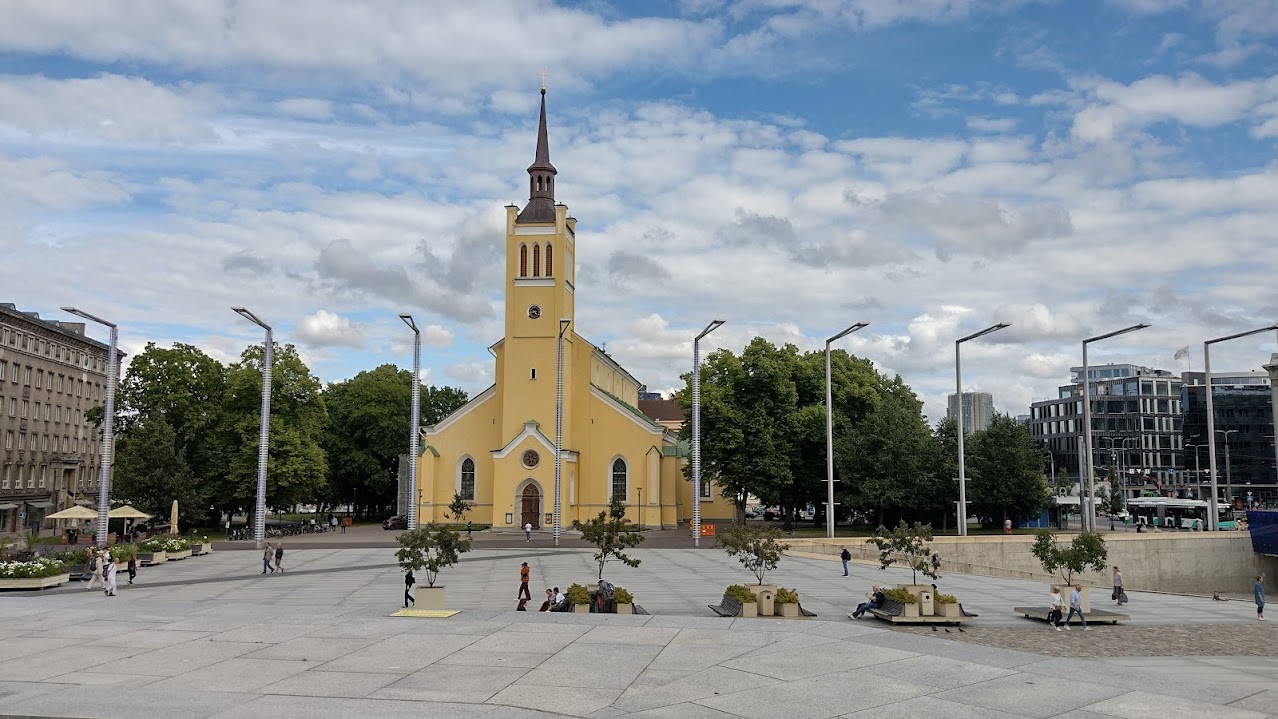
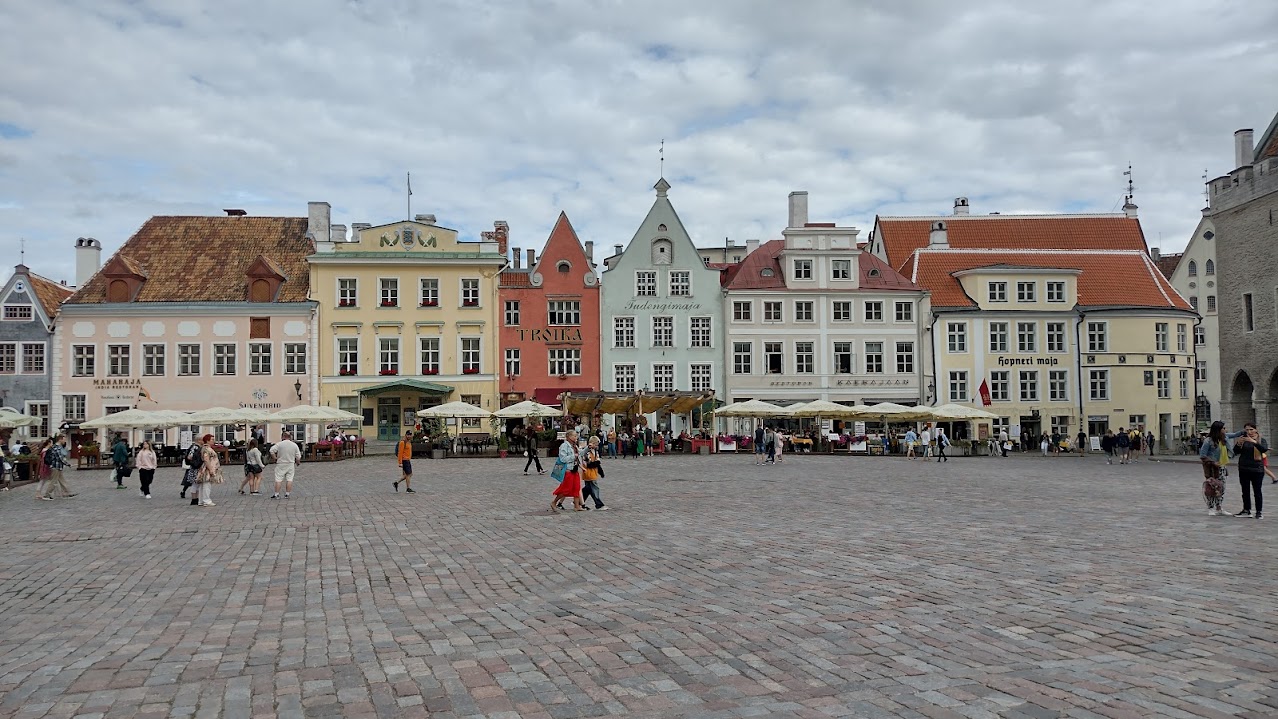
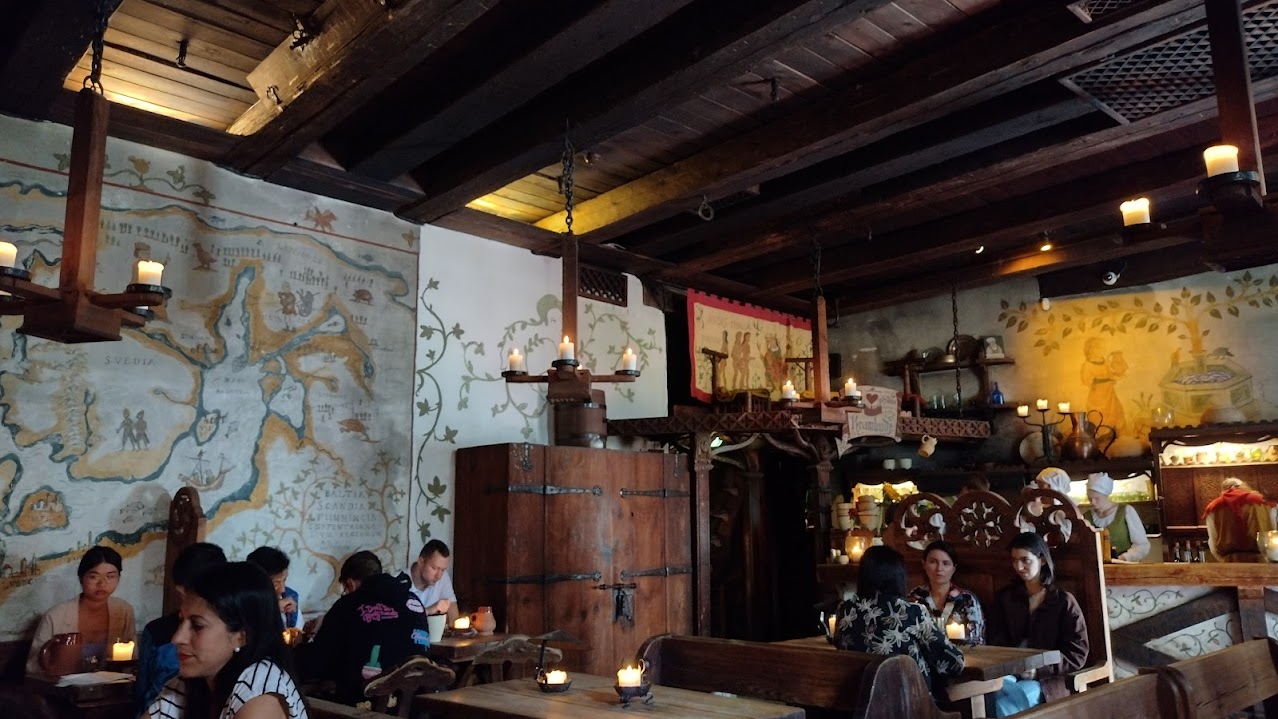
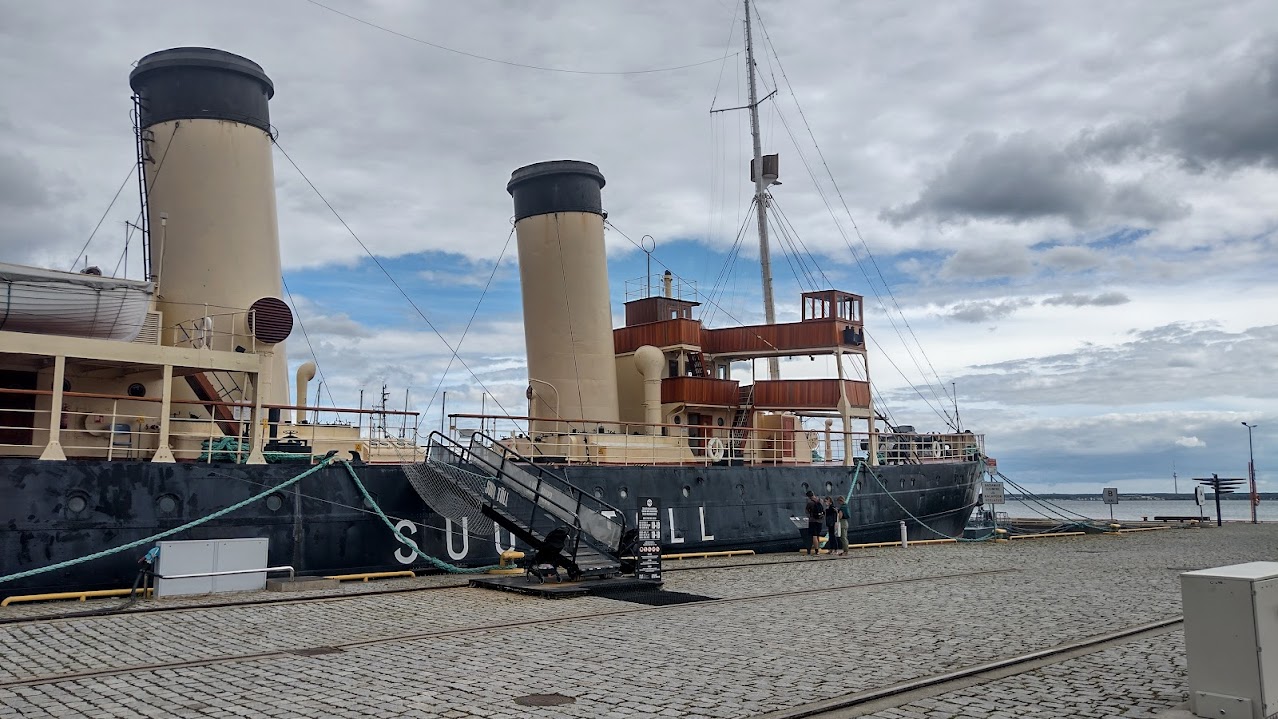
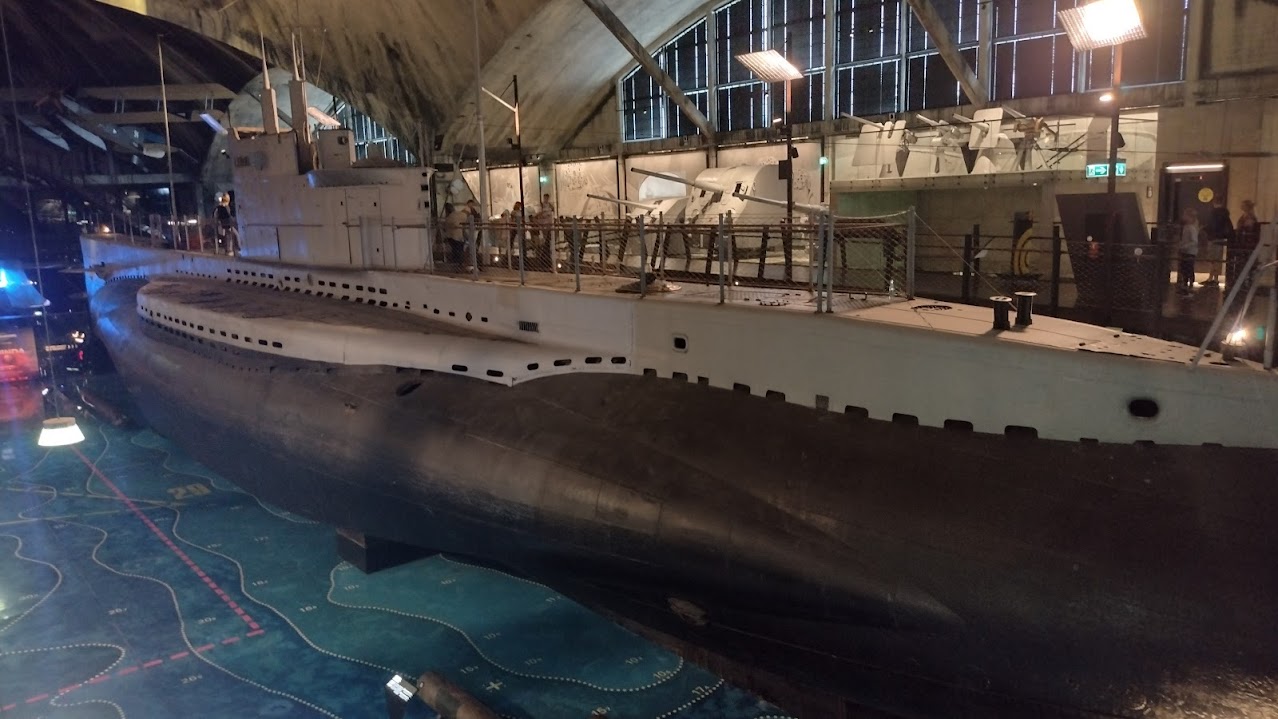
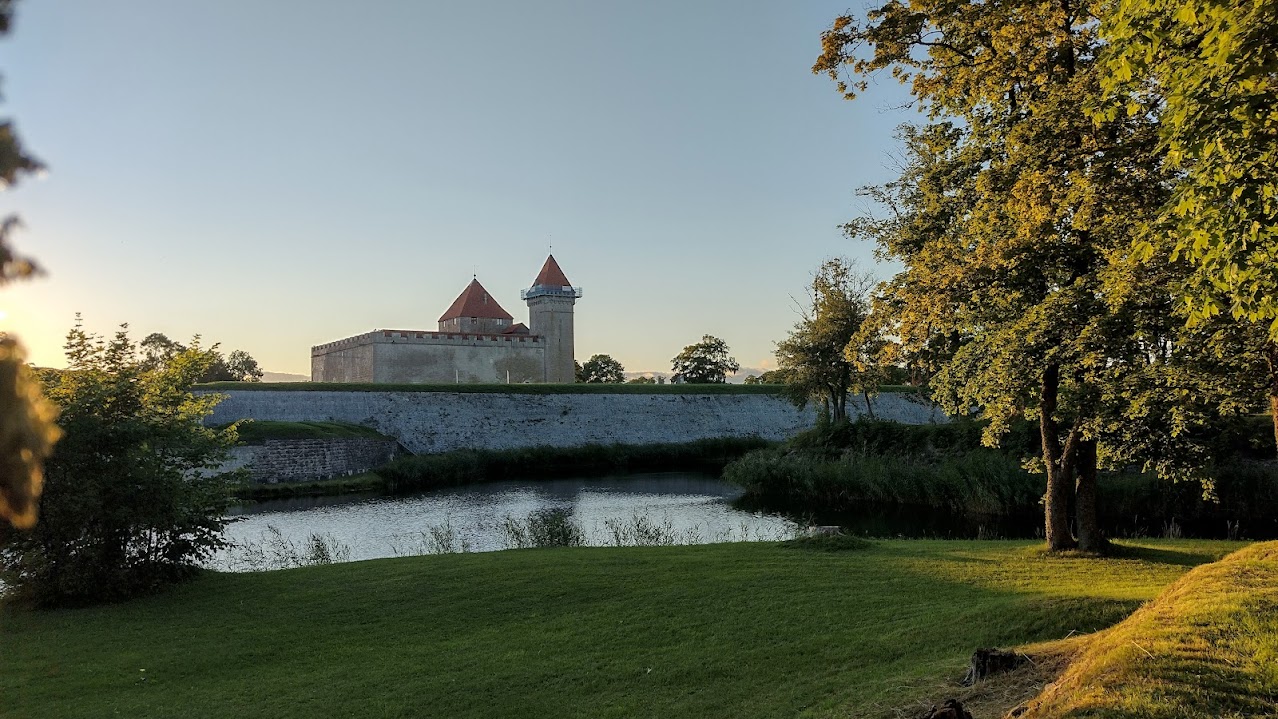
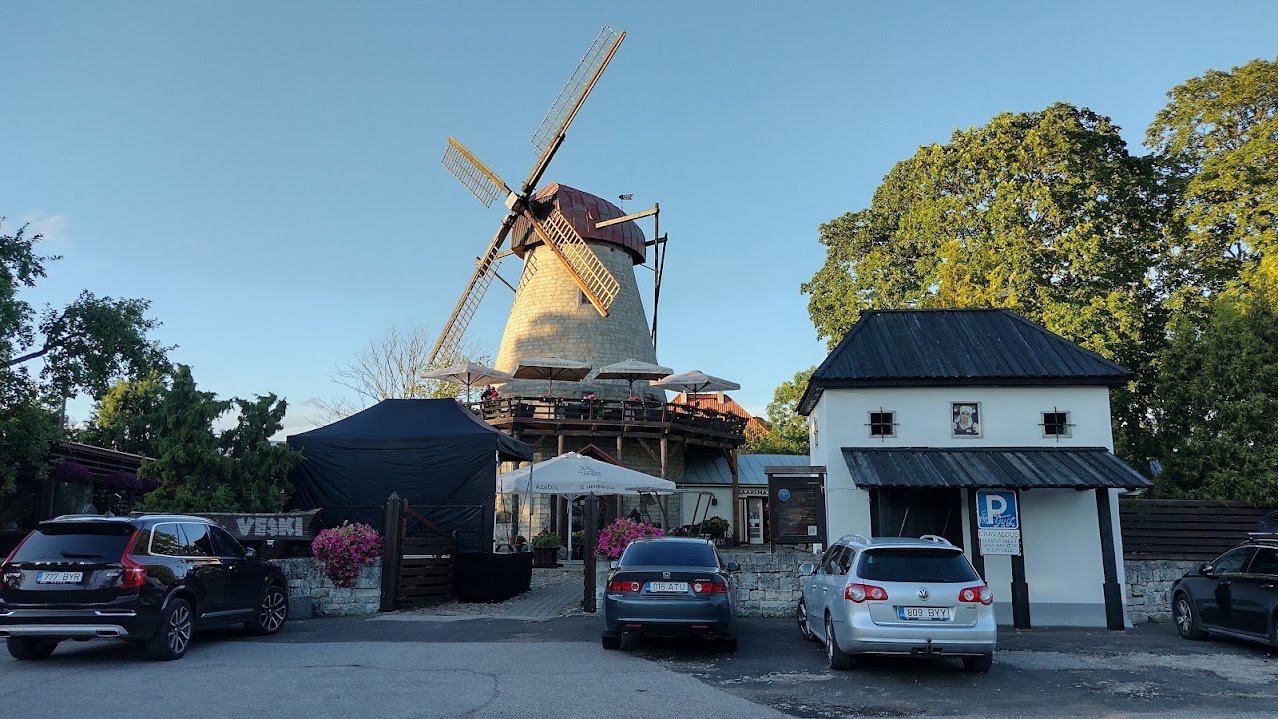
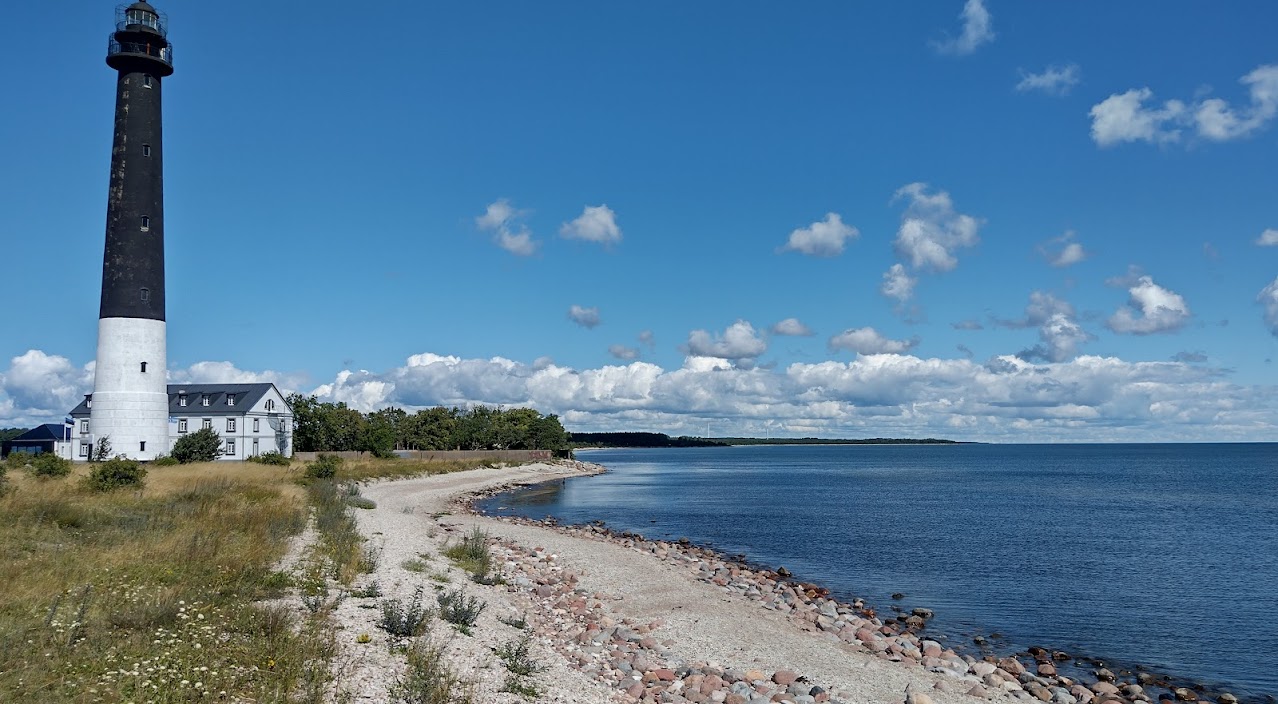
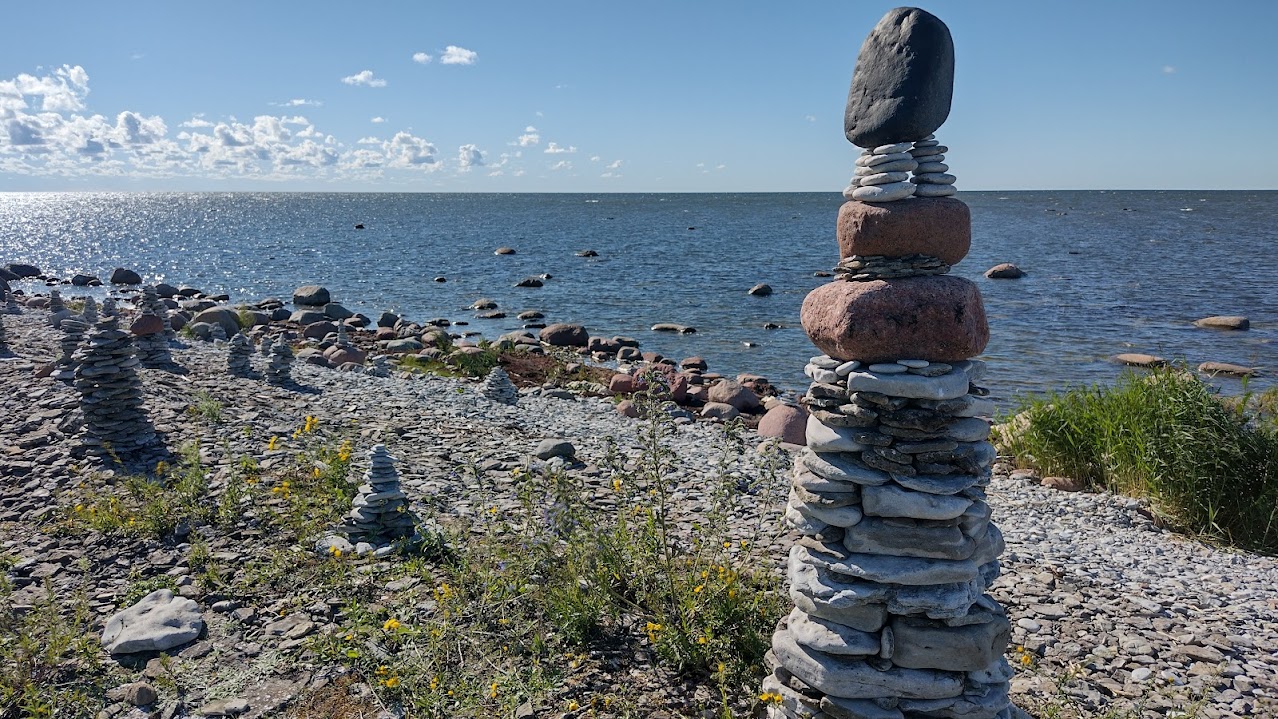
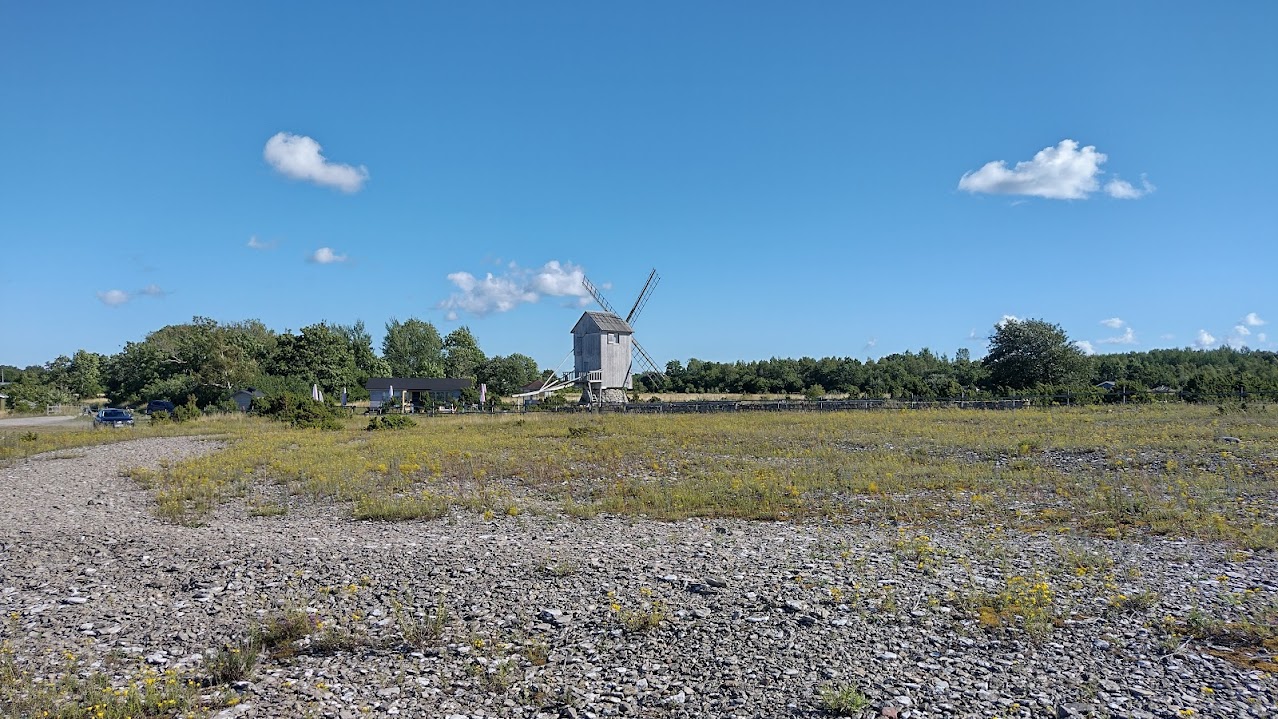

Saaremaa
Saaremaa is an island off the coast of mainland Estonia; you can reach this easily via a short flight from Tallinn. The island is largely rural, with beautiful forests and beaches. The capital Kuressaare has attractions including Kuressaare Castle and Kuressaare Windmill.
We stayed in a treehouse (literally, in a tree) on the south of the island. From here we visited attractions including the Sorve Lighthouse and the Sorve Military Museum. Along many of the beaches here, fellow travellers have built towers of standing stones, and you are welcome to have a go yourself.